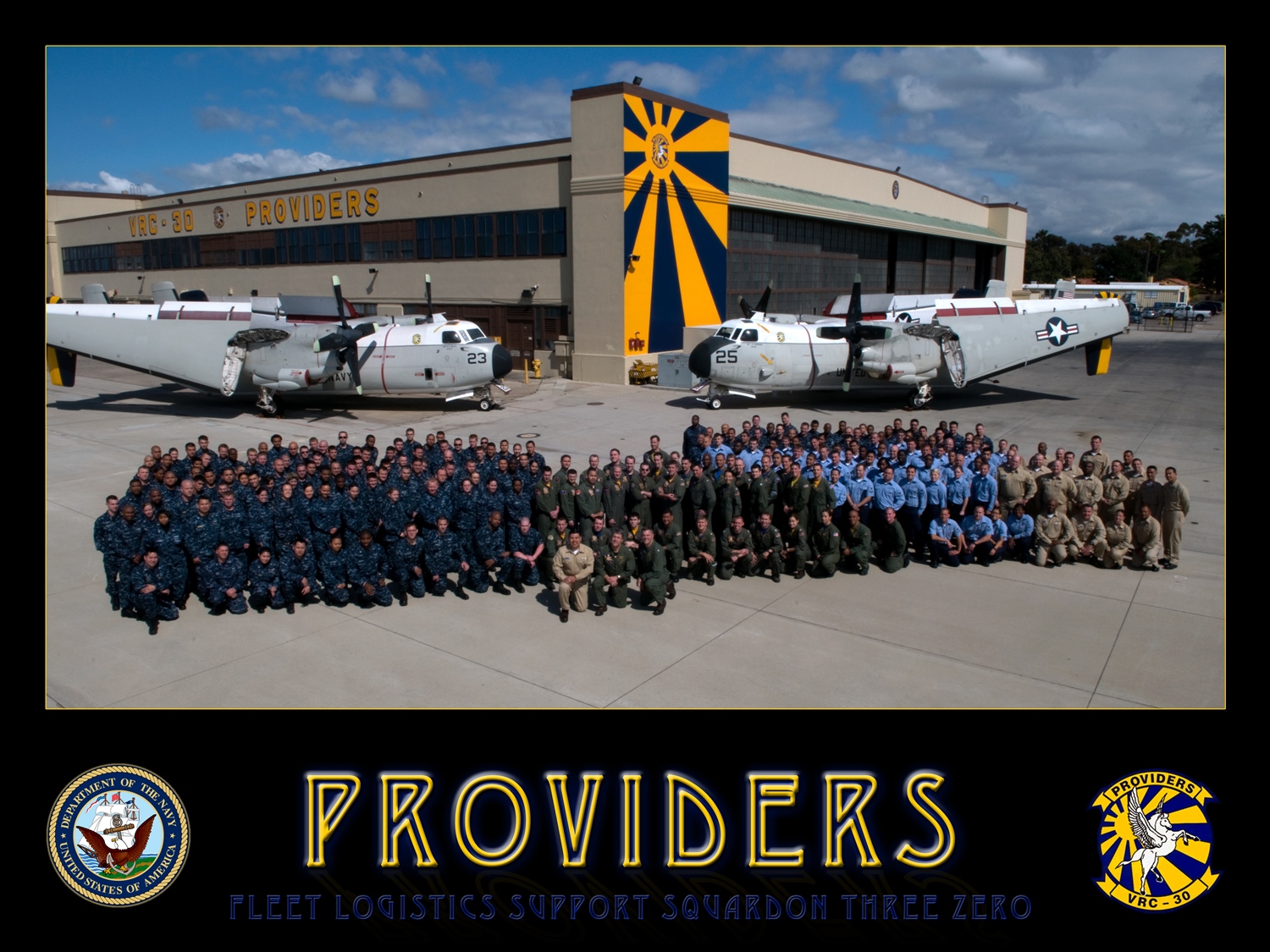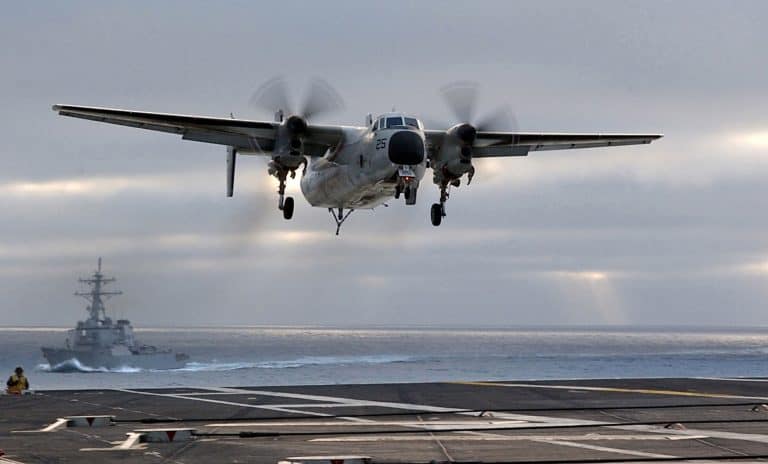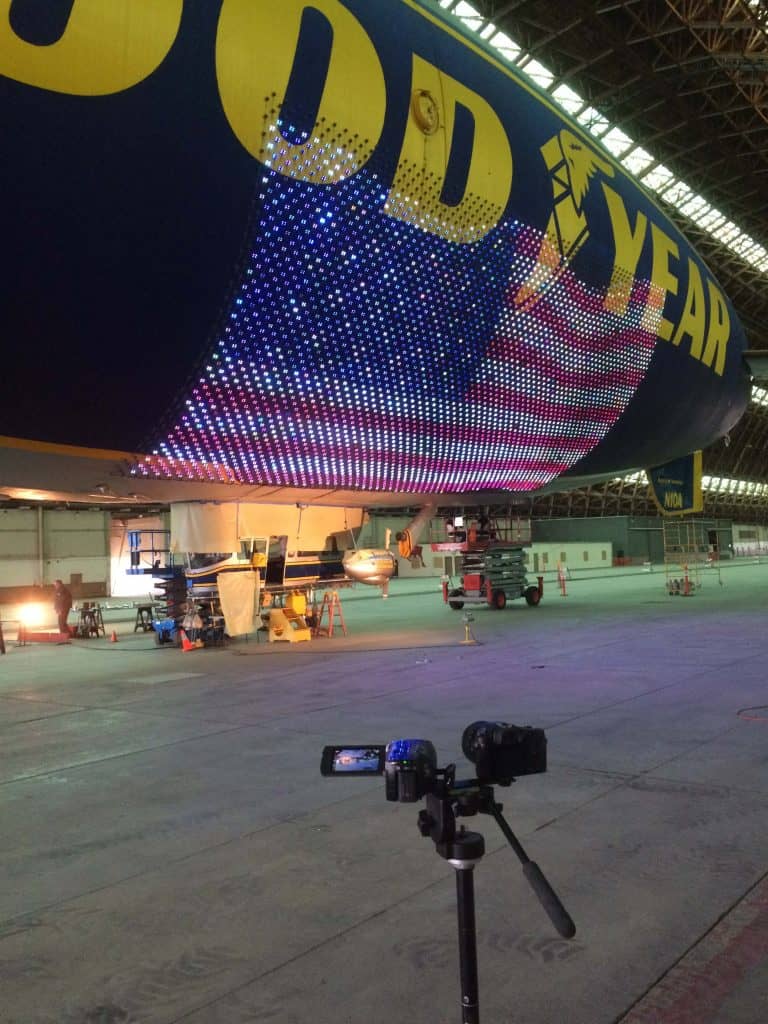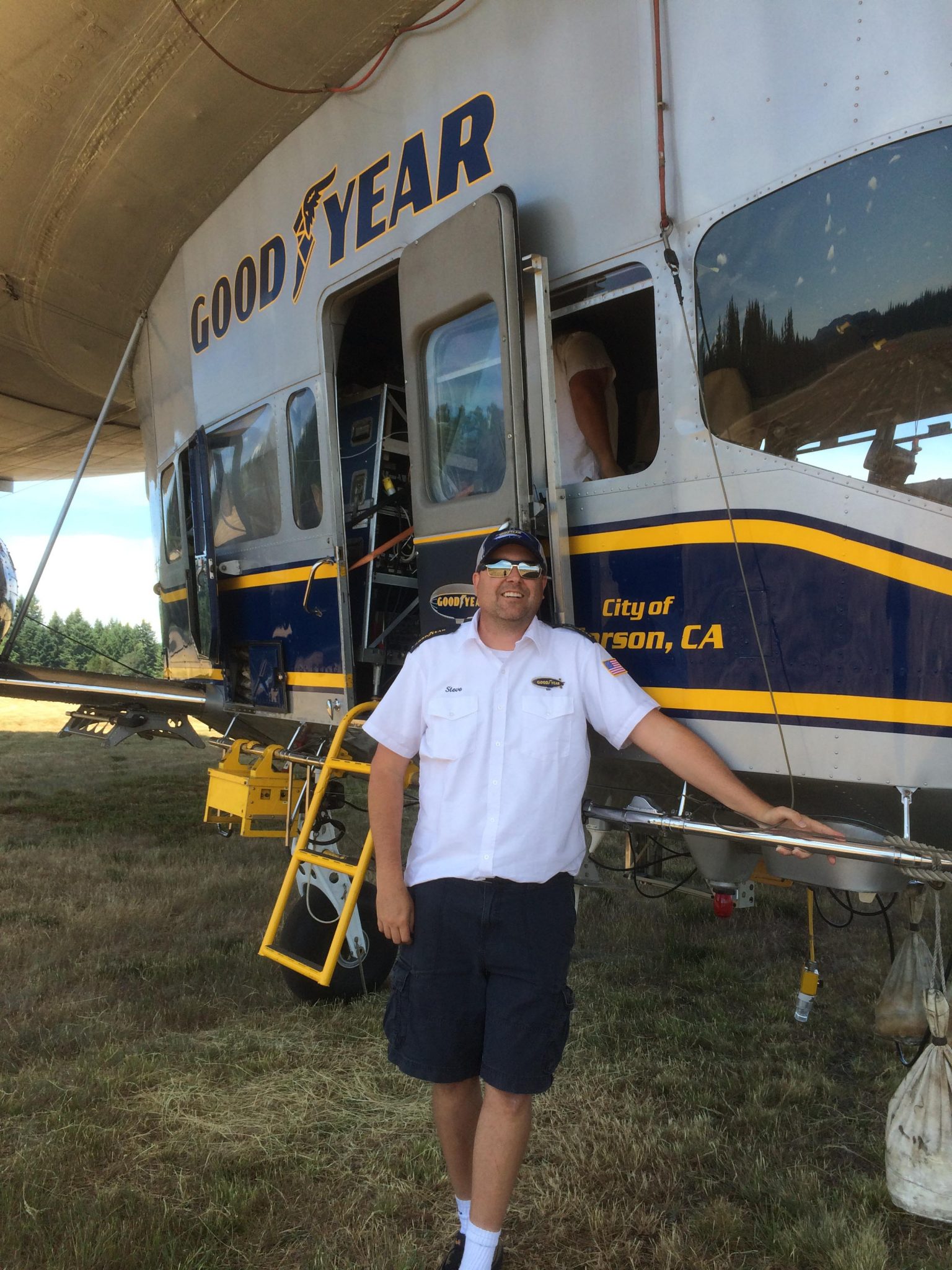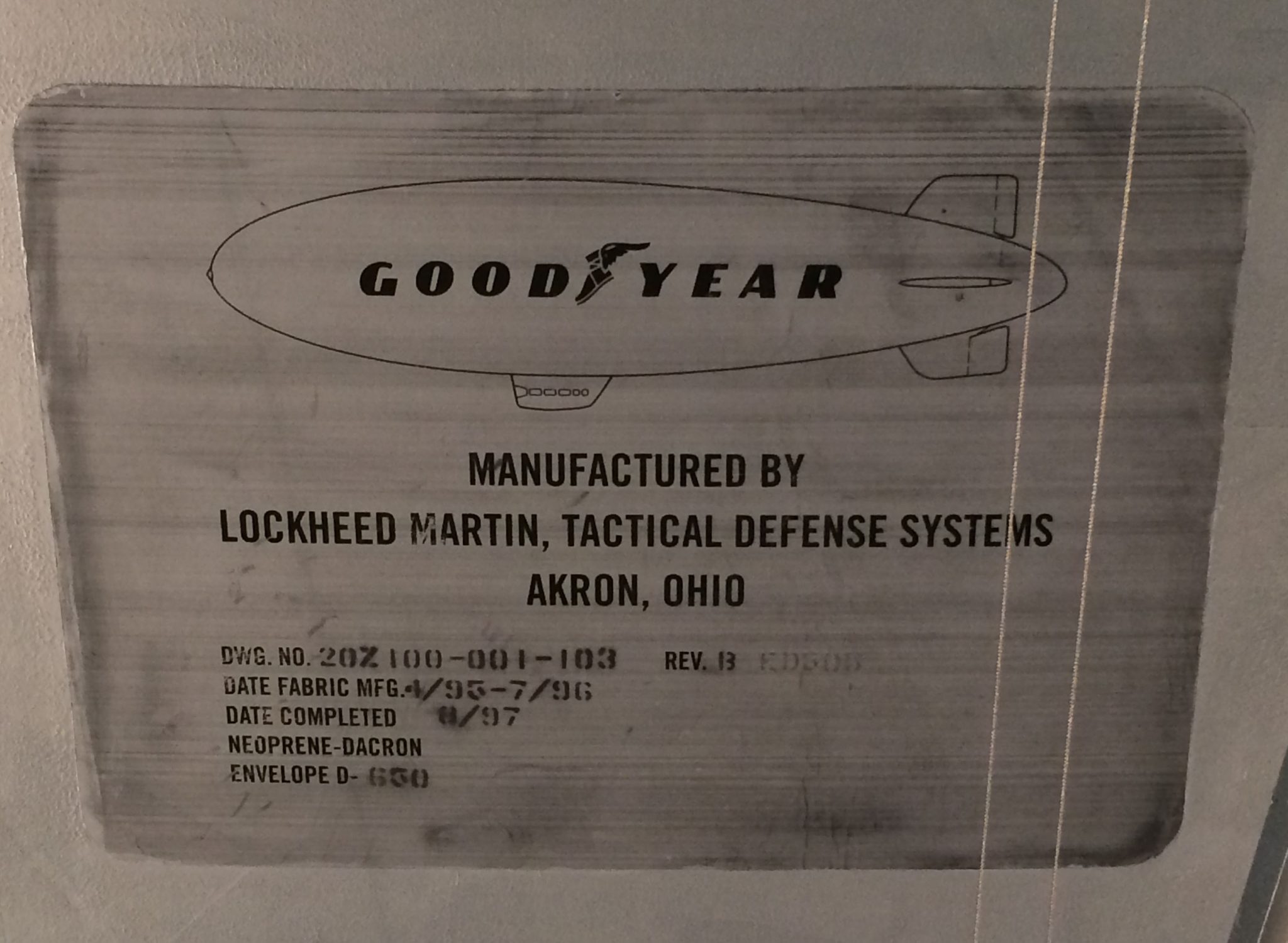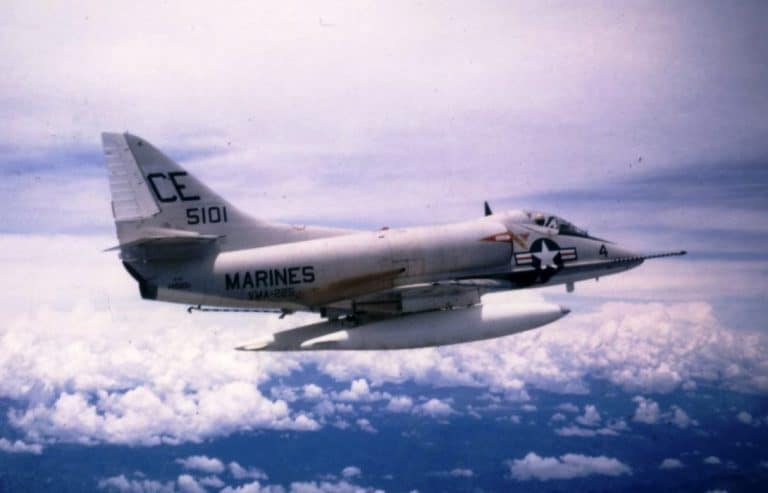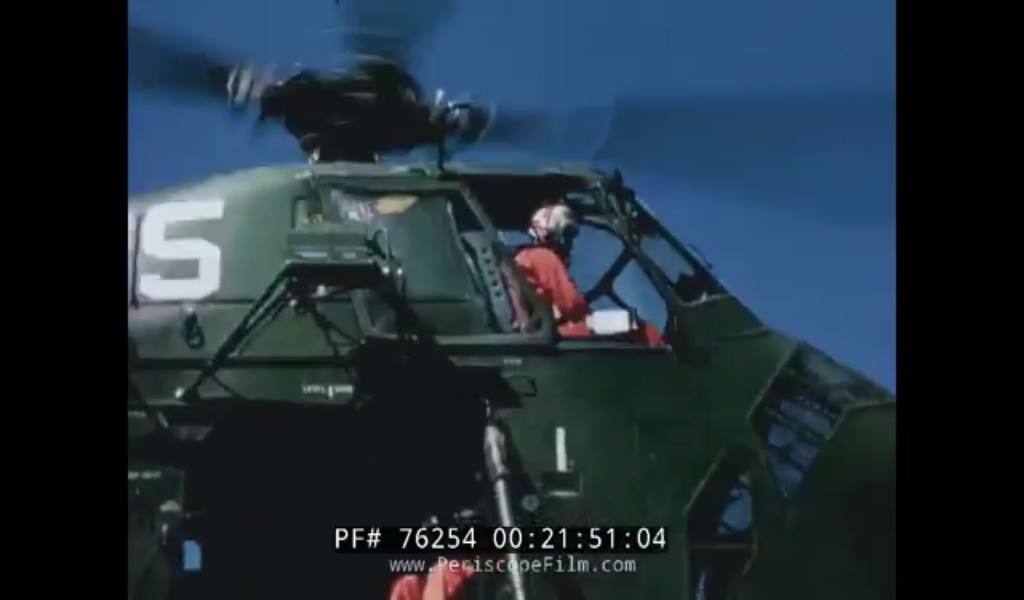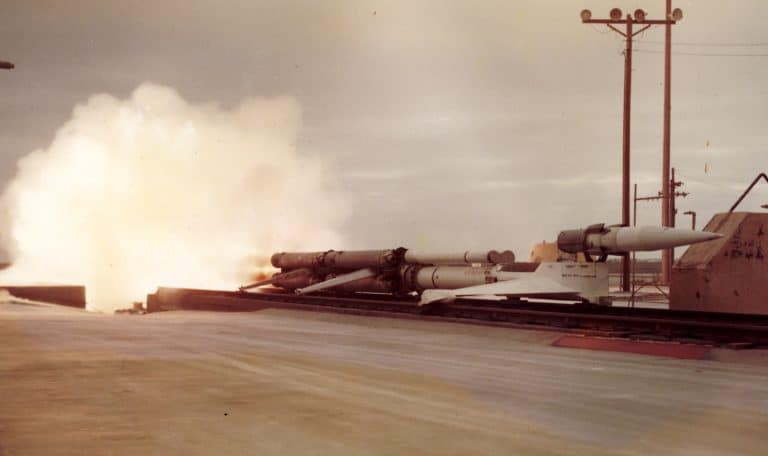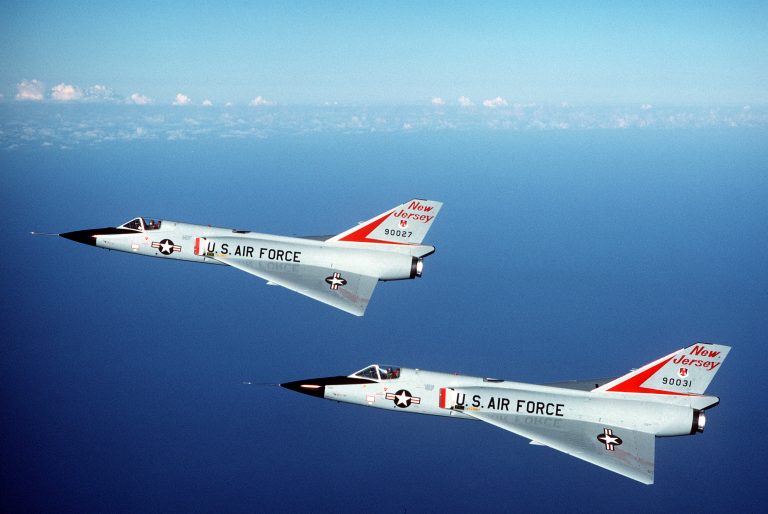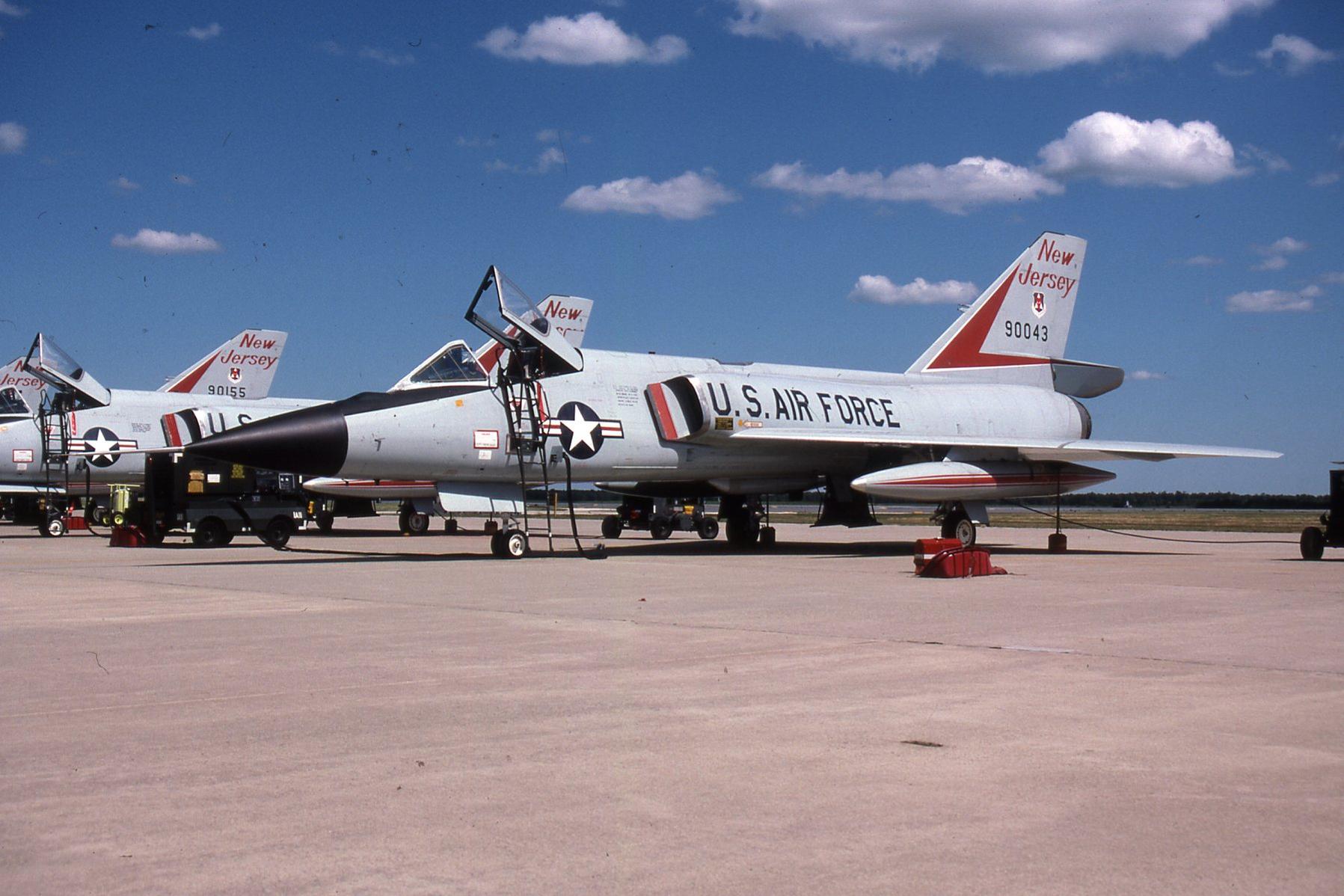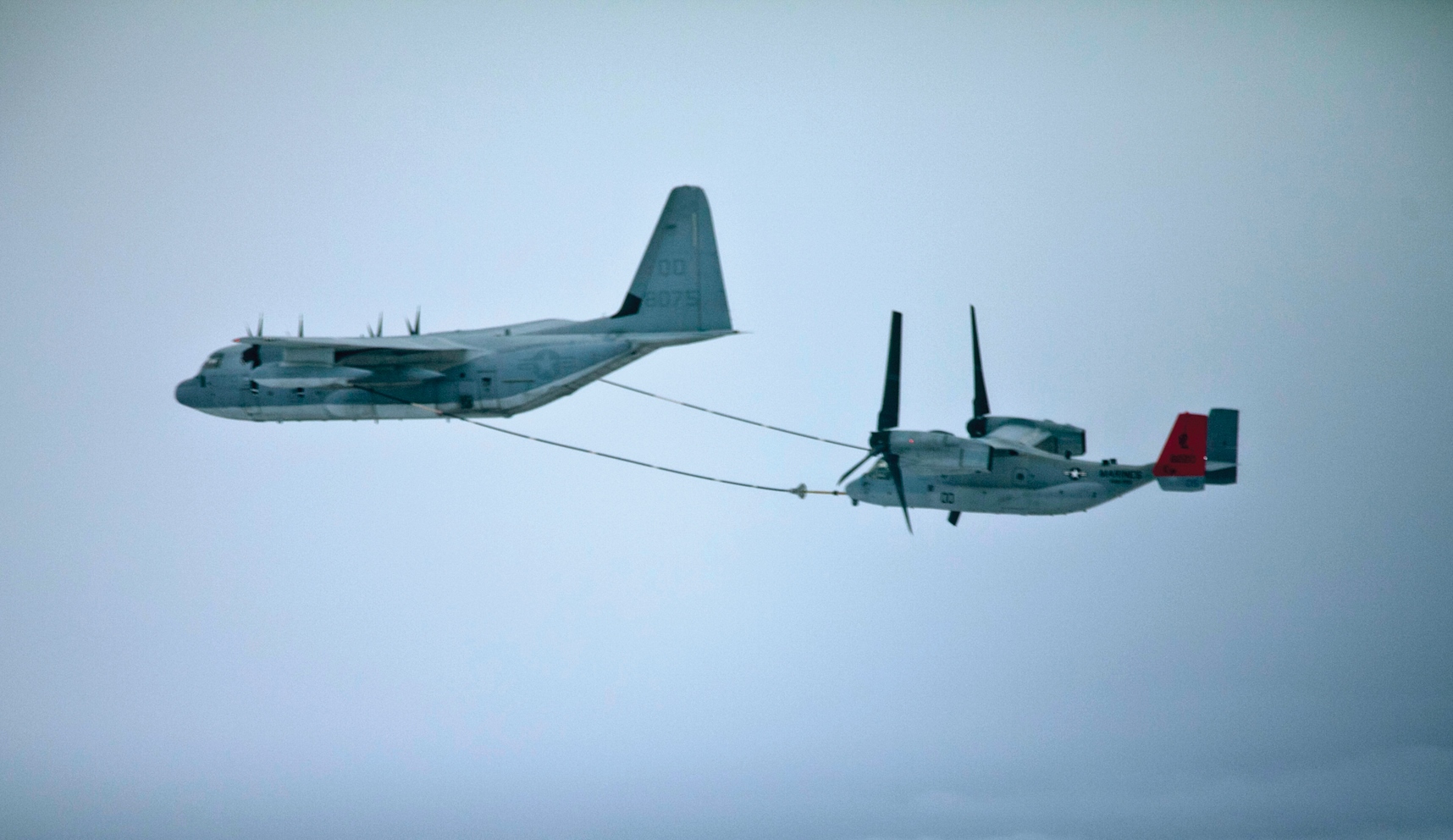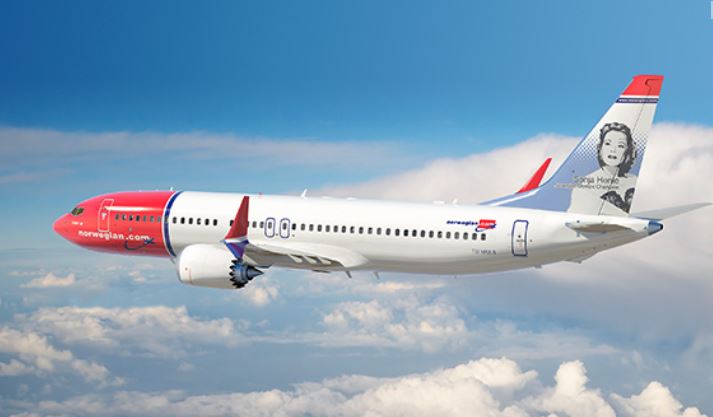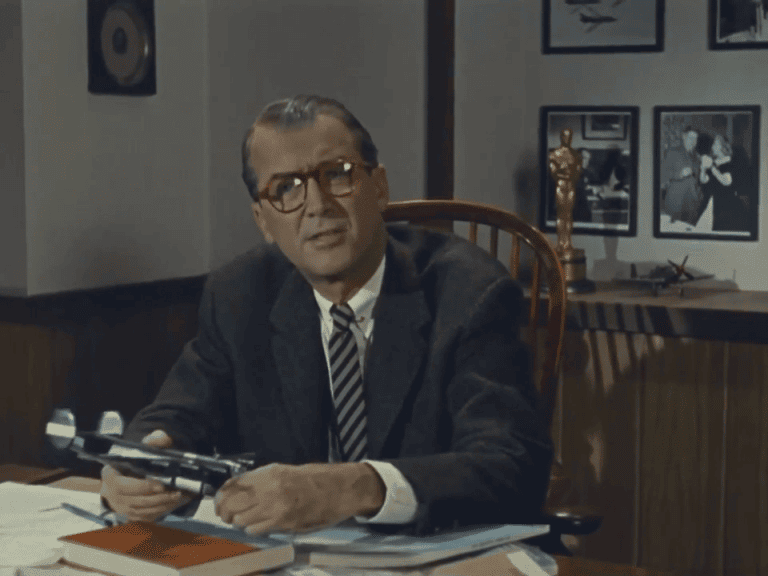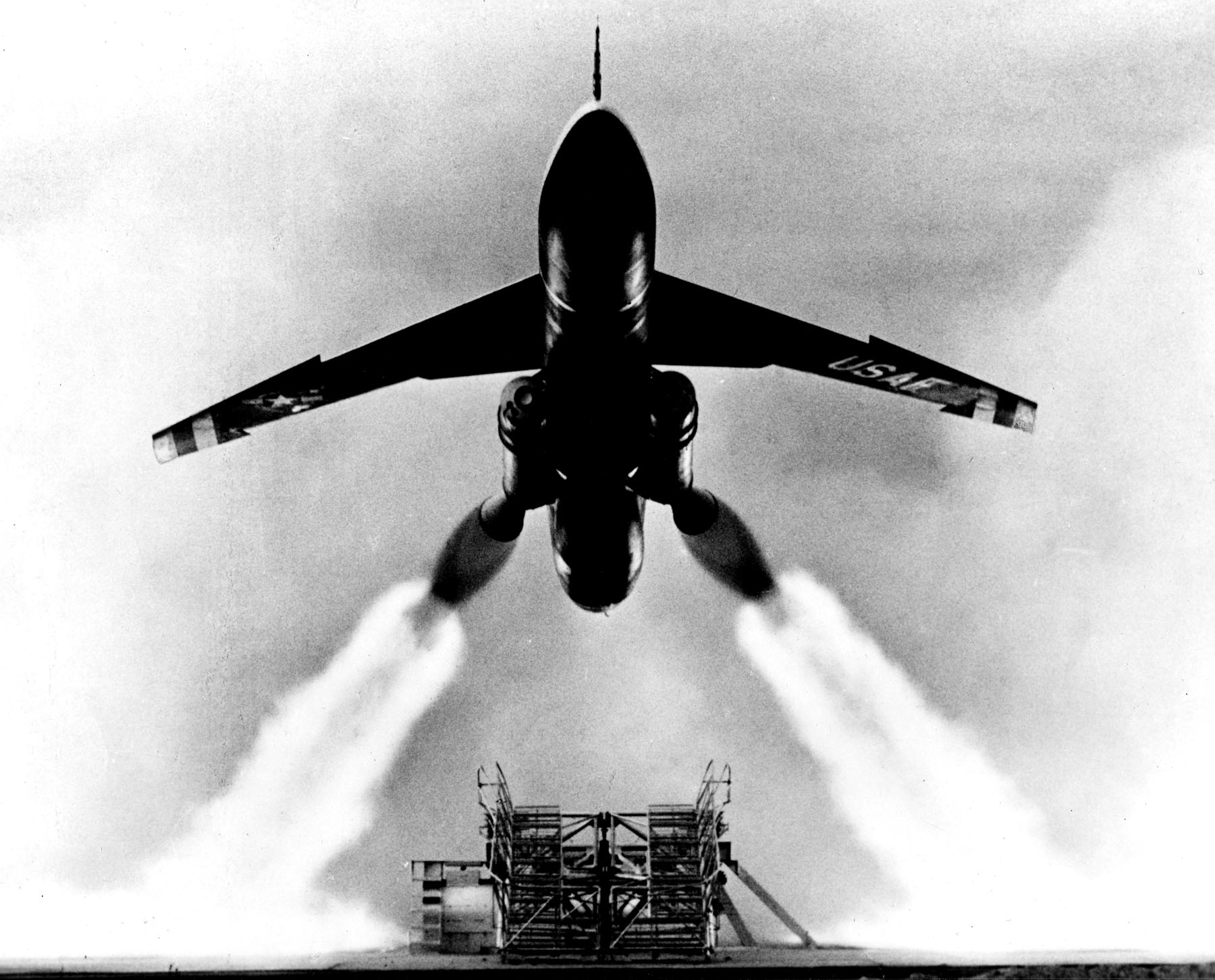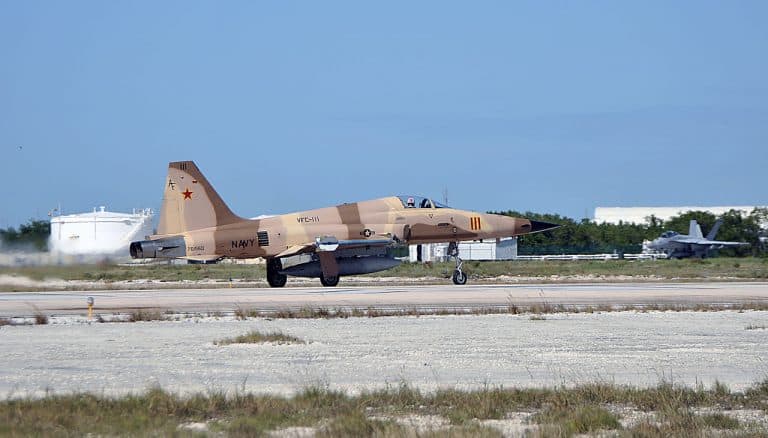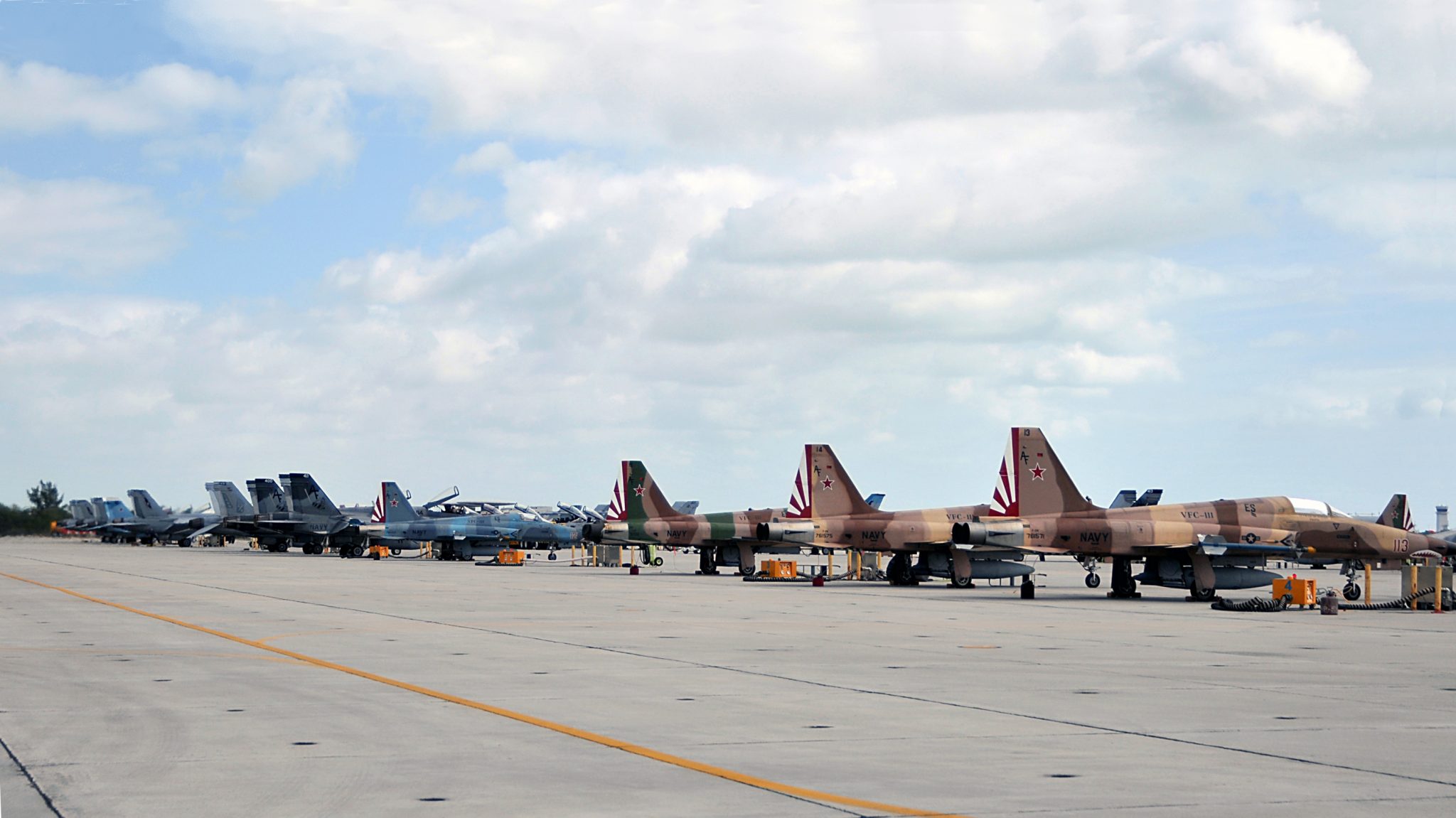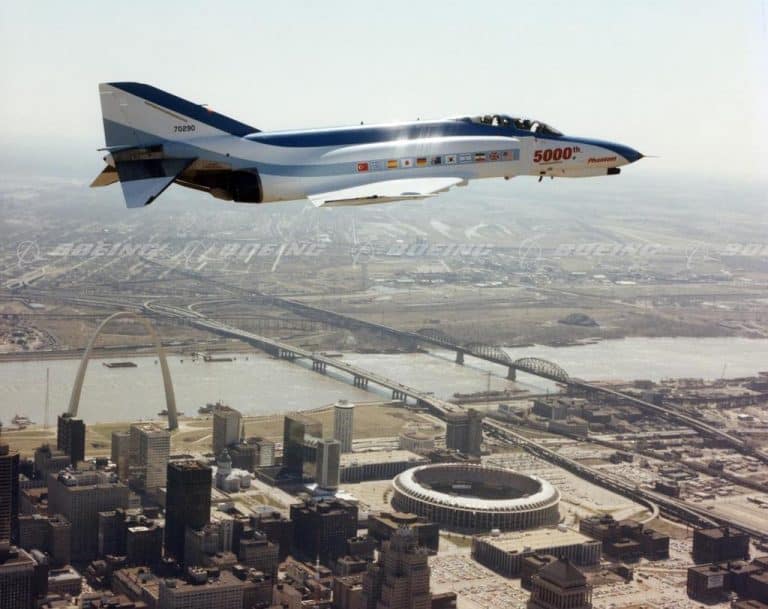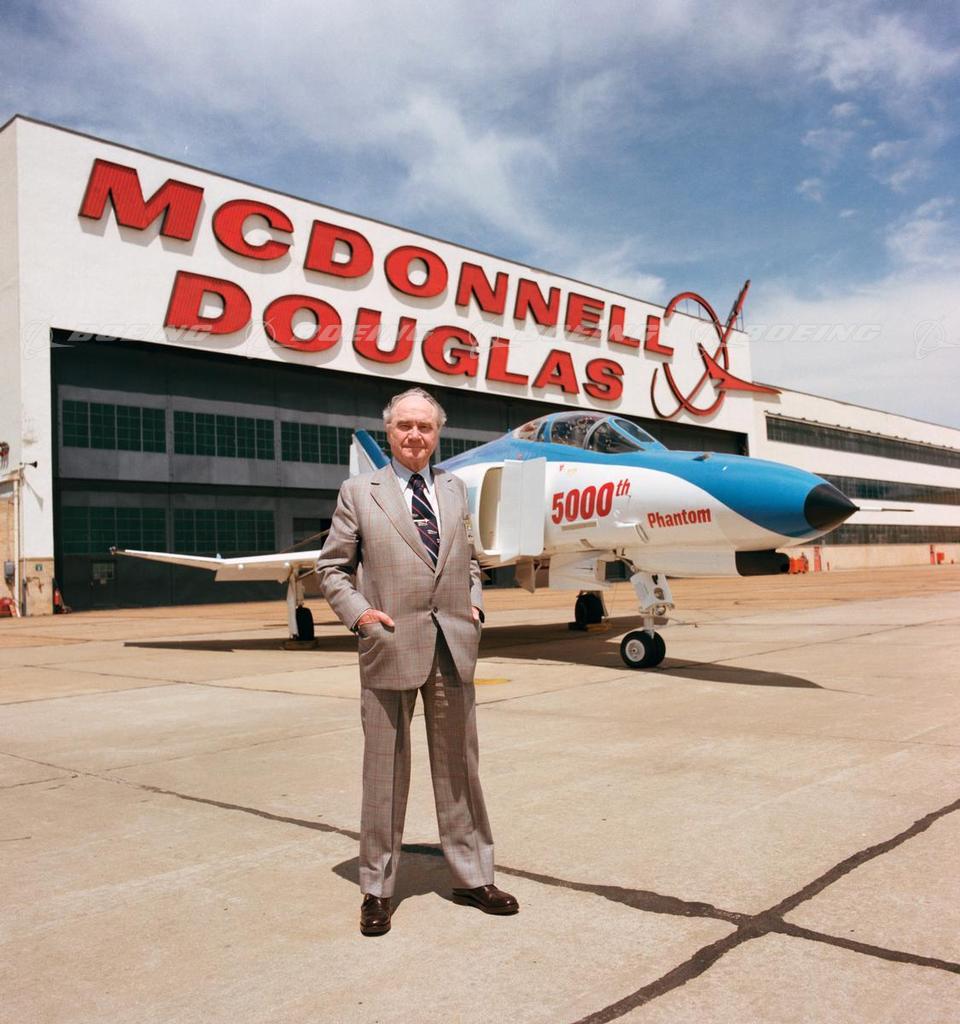Brian Wiklem is a true avgeek and director of two very unique documentaries. One focused on the final passenger flight of the DC-10 and his most recent release about the Goodyear Blimp. It’s a documentary highlighting the final season of the original Goodyear-designed blimp before Goodyear replaced it with a more modern foreign-made airship. His videos show the passion of a man who loves aviation and has a talent for high-quality story telling. We at Avgeekery recently had the chance to interview Brian and learn more about him and his knack for capturing unique aviation events in exquisite detail.

Thanks for joining us Brian! Tell us a little about yourself.
Thank you for having me. Aviation has always been a passion, specifically commercial aviation. Yet I pursued video games making a career out of it, and spent 20 years making games for Nintendo, Sega, Atari, Sony Playstation and so on. But making games gave me the opportunity to travel frequently, flying many places and different aircraft.
At what age did you know you were an Avgeek?
I grew up from a toddler to my early years spending frequent time at my grandmothers house. She lived under finals for runway 25L at LAX. It was from that moment I became an avgeek. The aircraft were so low, we swore we could throw baseballs at them! This was the early 70s to early 80s. Ever since, I’ve been fascinated with commercial aviation, with Braniff becoming a favorite along with PSA. In fact, my son is named Braniff! I lived nearby to McDonnell Douglas Long Beach plant. As I was graduating high school, I looked at going into military service for flight training (to eventually fly commercial). Being 6’5″, I was told I was too tall and that I wouldn’t be able to, and thus I abandoned my plan at that time. Looking back, because of the popularity of the movie Top Gun, I think all the recruiters thought I wanted to fly fighter jets, when in reality C-5s, C-130s, and eventually C-17s would have been my preference.
Aviation is a big field, are you more interested in general aviation, commercial, or military?
I have a fascination with all aviation. Commercial is where my primary passion began, but I do enjoy and follow military and general aviation. I attend military airshows and my youngest daughter (now 5) is showing a lot of signs of being an avgeek. She’s adopted Alaska Airlines as ‘her’ airline. We took her to the Miramar airshow last year, and as expected, the Blue Angels are one of her favorites.
Ok, so what’s your favorite plane?
That’s a really tough question. It’s really between the 747SP, the BAe 146, and the Tu-144. It’s quite the spread. I have an affinity for aircraft that aren’t commercially successful. The Tu-144 is just the opposite of Concorde, aggressive looking (or awkward depending on your view) that flew faster than Concorde and carried more passengers yet at the expense of passenger comfort, fuel burn/cost and range; The BAe 146 was an overbuilt aircraft that most operators never utilized its capabilities; and the 747SP is just the odd-duck aircraft with unique capabilities that were quickly surpassed.
Your first big project was on the retirement of the last passenger DC-10. That must have been quite a journey. Tell us about it a little bit.
The DC-10, yes, was a blast. Over the past 20 years, I would read (after the fact) of events like the retirement of the DC-10. The internet has made it easier to become apart of them. But, often I’d make excuses why I couldn’t go (busy at work, cost, etc). When I read about it, I mentioned to my wife “I wouldn’t mind one last dance with the DC-10” because I had spent a lot of time on the DC-10 during the 90s. So I read what Biman Bangladesh was planning to do, and decided ‘what the hell’ and reached out to then CEO Kevin Steele asking if I could document the final flight of the aircraft (ferry flight), and listed what I would do to make it a well documented historical experience. 3 weeks later, I received a response copying everyone at Biman that essentially said “yes, but we don’t know where the final flight will be.

We’re looking for a museum, can you help us? Also, can you document the 9 passenger flights we’re doing at Birmingham?” And from there, with only 6 weeks to pull the entire project together, it was on. Outside of personal investment that resulted in 9 cameras, my friend from Sony Jerry Jessop helped me secure a loan of another 11 cameras for a total of 20 cameras. I wanted to produce a technical film that covered every angle, and offered to viewers a selection of take-off and landings that the viewer (not the filmmaker) could change the camera angle at their leisure with the remote control. I was satisfied, but not completely happy with the end result. I did make a number of lifelong friends including the composer for that film and my next film (Charles Kennedy, Invisible Hands Music and notable aviation writer).
Now you’ve released a beautiful documentary about the last Goodyear Blimp. That seems like a really random story to tell. How did you get involved?
After the Biman film, I was bitten by the film bug as it relates to aviation. I wanted to do more than just ‘cockpit’ films, I wanted to tell a story. During editing of the Biman film, it was painfully obvious I missed so many opportunities to tell a compelling story. Yet I wanted to do more aviation films, and because I was friends with the Goodyear Airship Operations base flight and ground crew in Carson, California, I approached them to do a film on their operations. I figured if I missed something I needed (being a crew of one!), I could jump in my car and drive up and reshoot what I needed. The timing was perfect, as they were planning one final cross country tour (up to Washington for golf tour coverage), and they invited me on the road to document it.

Another challenge was I just started a new job. 4 months in, I’m asking my boss and founder of the company I work for (Tej Soni, izmocars) “can I work remotely for one or two weeks” and I was prepared for him to say no. To my surprise he said “sure, no problem, just get your work done. Where and what are you doing?” and when I told him, he simply said “sure, no problem, have fun.” In that time I not only shot the film, I also set up a new team for our company on the other side of the planet for two new product lines! It worked out to everyone’s benefit.
I spent two weeks on the road with the Goodyear crew at each destination (they were on the road for a month), and then 45 days later, the airship was decommissioned and deflated at the old Tustin MCAS Airship Hangars. 18 months of editing (and some additional footage that was shot after), and I finished “The Good Years: A Blimpumentary” shot mostly in 4K UltraHD video (and even some 3D video too).
What was the most interesting thing that you learned about the Goodyear blimp?
I wish I could tie it down to one interesting thing! But, being an LTA (lighter than air) aircraft, when on the mast, it’s always moving. It will swing around like a giant weather vane, and then depending on superheat (when the air inside is heated up due to the sun/surrounding temperatures and generating lift) or whirlwinds, will rise and fall on the mast at any point. This also occurs in flight as well.
I’ve been lucky enough to fly the blimp, and the best way I could describe it is it’s like piloting a yacht on ocean waves.
What’s your next project?
I’m actually juggling a few different projects at the same time. Two are film based, and two are books. The films, I’m in the early stages of putting together are based around the 747SP, as well as alternative uses of commercial aircraft. I will have more info to release soon, but these are in the early stages of planning and discussions. They might be greenlit (go into production) tomorrow, or they could be canceled because of extenuating circumstances. I plan to give AVGeekery a sneak peek when I’m ready to announce production.
The other two are books. I’m working on a complete history (coffee table book) on the BAe 146 aircraft. I wrote a detailed coffee table book (large format, hardcover, large full color pictures) on a rare Italian sportscar called the Cizeta V16T. I’m applying a lot of what I did on that project to the BAe 146. The second book is tentatively called “Paper Airplanes” and I have two volumes planned initially. They revolve around the sales process of commercial aircraft to airlines. The difference being these are aircraft that were never actually built (hence ‘paper airplanes’). In volume 1, one of the aircraft covered will be the “C-10 Presidential Aircraft”, when McDonnell Douglas was encourage to compete with Boeing for the next Presidential aircraft (Boeing won with the 747).
If you keep doing videos like this, what’s your ideal career path look like?
For me, I want to keep this a hobby and I’ll explain. By keeping this a hobby, I have a lot of freedom that would likely disappear if this grew into a full time job. As such, I have the freedom to approach this like Pixar approaches their films – they make movies they want to watch. Having worked with a couple of different film teams at Pixar (on video games based on their films), I learned a lot about their creative process. But one of those processes is making films they want to watch, and therefore I want to make films I’d want to watch.
As a result, if I keep this a hobby, I have less pressure to push something out that I’m not happy with because I need to begin recouping the investment. I can also be selective about the types of projects I want to pursue. What I do want to keep doing is producing aviation films, and going beyond the typical cockpit videos. I’m looking for not just that angle that makes a film interesting, but to get the viewer emotionally attached to what they’re watching. The one comment I’ve heard via email, hand written letters, and talking to people who’ve watched The Good Years is that they all got incredibly emotional during the decommissioning scene. It wasn’t just the crew that the viewers could relate to, but the aircraft itself became personified. I want to keep that going, for my films to have an emotional arc as well as a technical arc too.
Ok, so here’s the most important part. At Avgeekery, we love to share our love of aviation with others. I think its fair to say that you are getting the opportunity to tell aviation stories and fly on aircraft the some people only dream of stepping foot on. What advice would you have for someone who is just starting their career in aviation?
Great question, and my answer is simple: if you have passion to pursue something, be it a project, an opportunity, or a career, start with yourself. It’s far to easy to develop excuses (and that’s what they are most of the time) and place limitations on yourself. Screw that! Life’s too short, do not limit yourself. Second, block out anyone telling you you can’t do or achieve something. The only person stopping you from achieving your goals is you.
If I had listened not just to quite a few people around me, but my own internal fears and doubts, I would never have achieved the goals and personal success that I have. Personal success isn’t limited to a job title or financial goals. It’s what makes you happy. Don’t let your fears or doubts get the best of you – do whatever it takes to see your dream, your passion, your goals come to life. This sounds like cliched advice, but trust me, it’s very true and I speak from experience.
My motto? Get it done.
